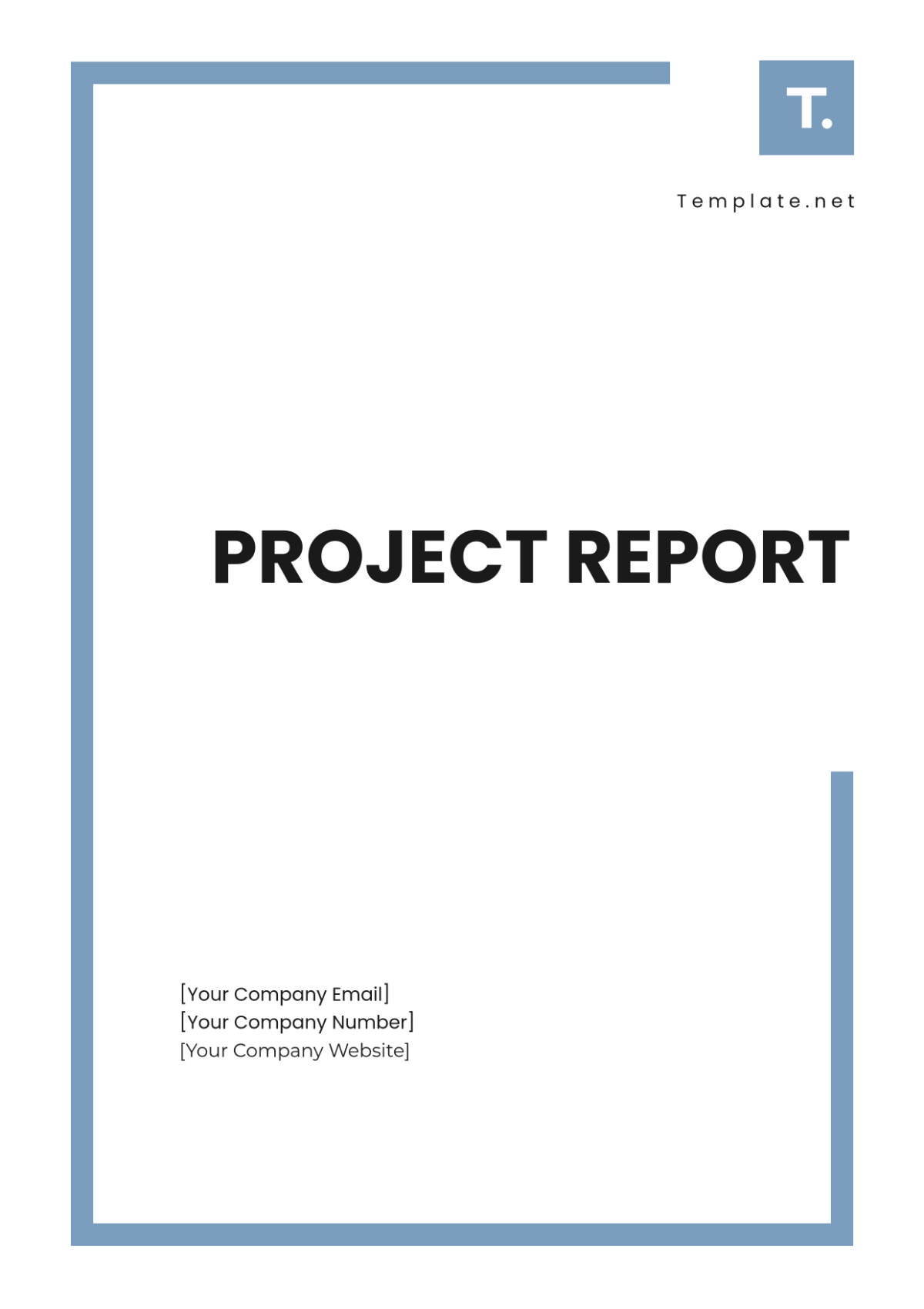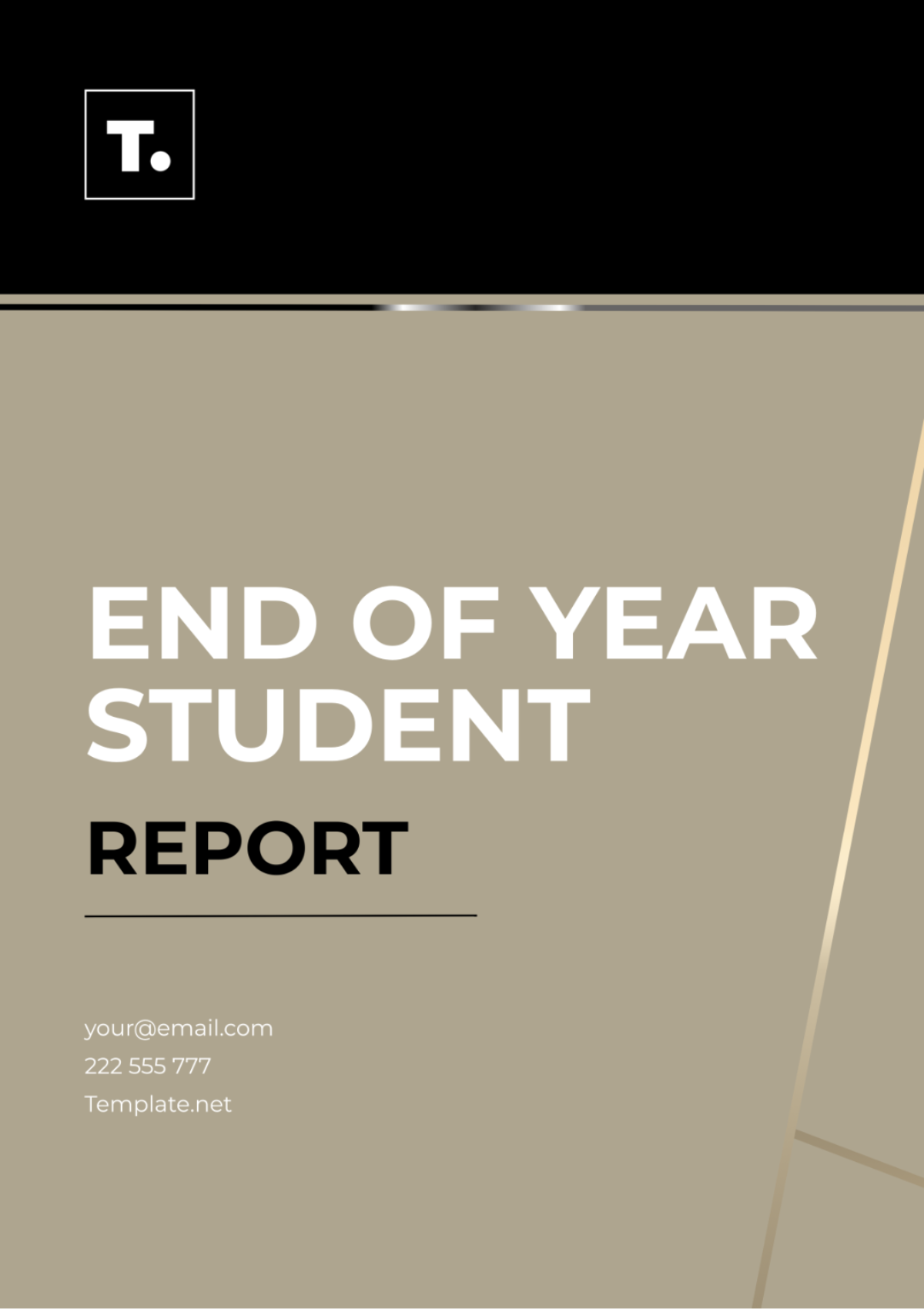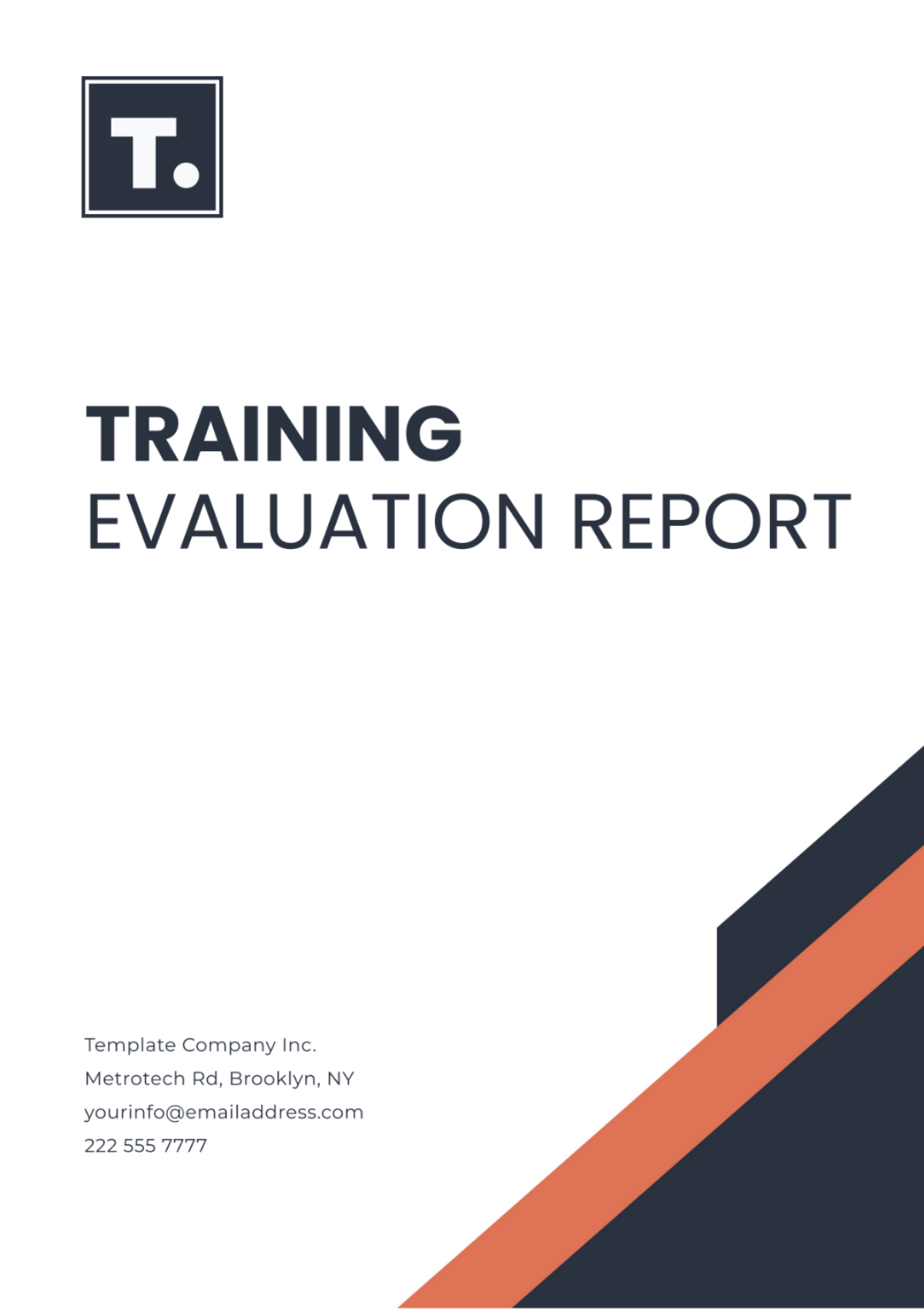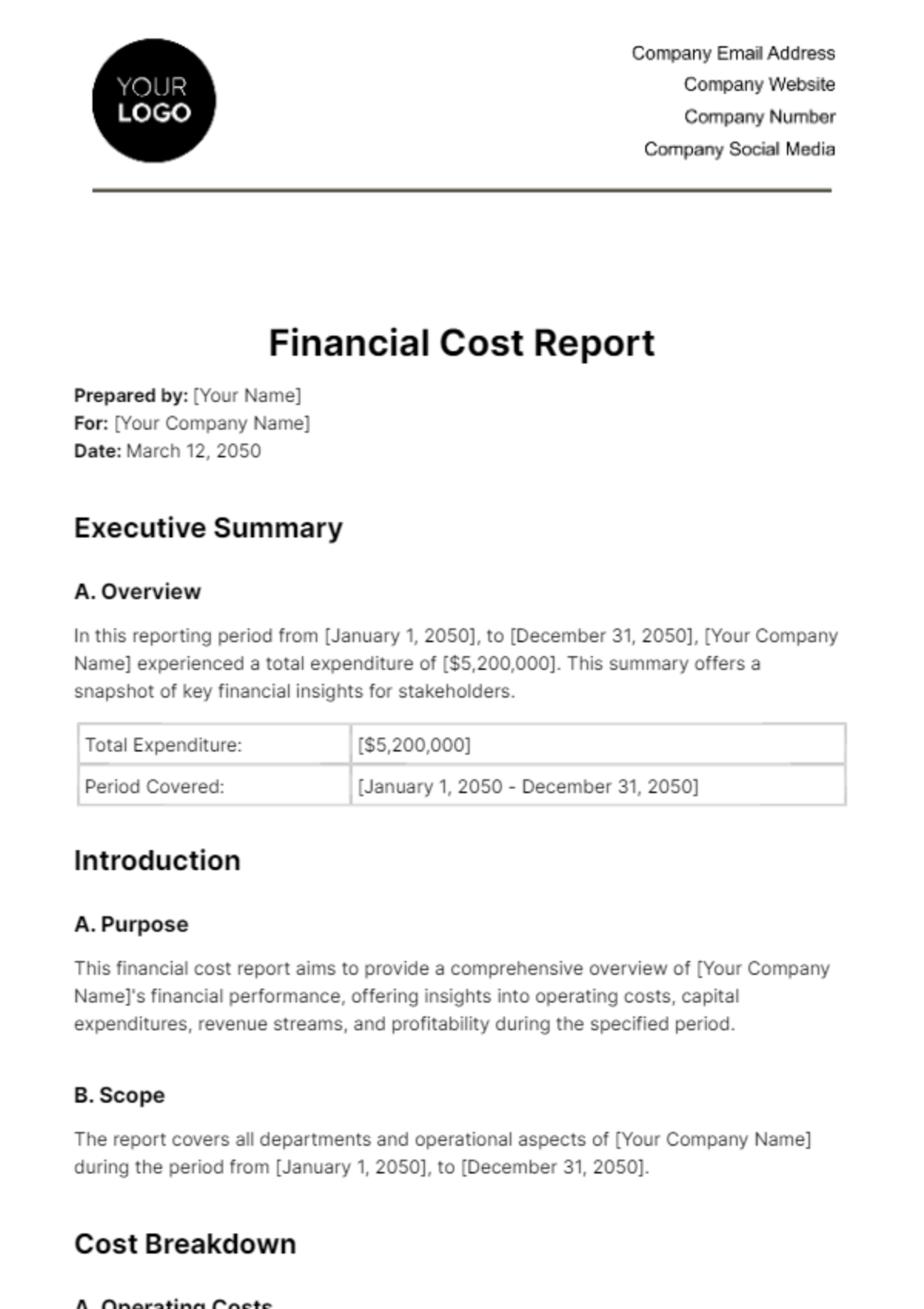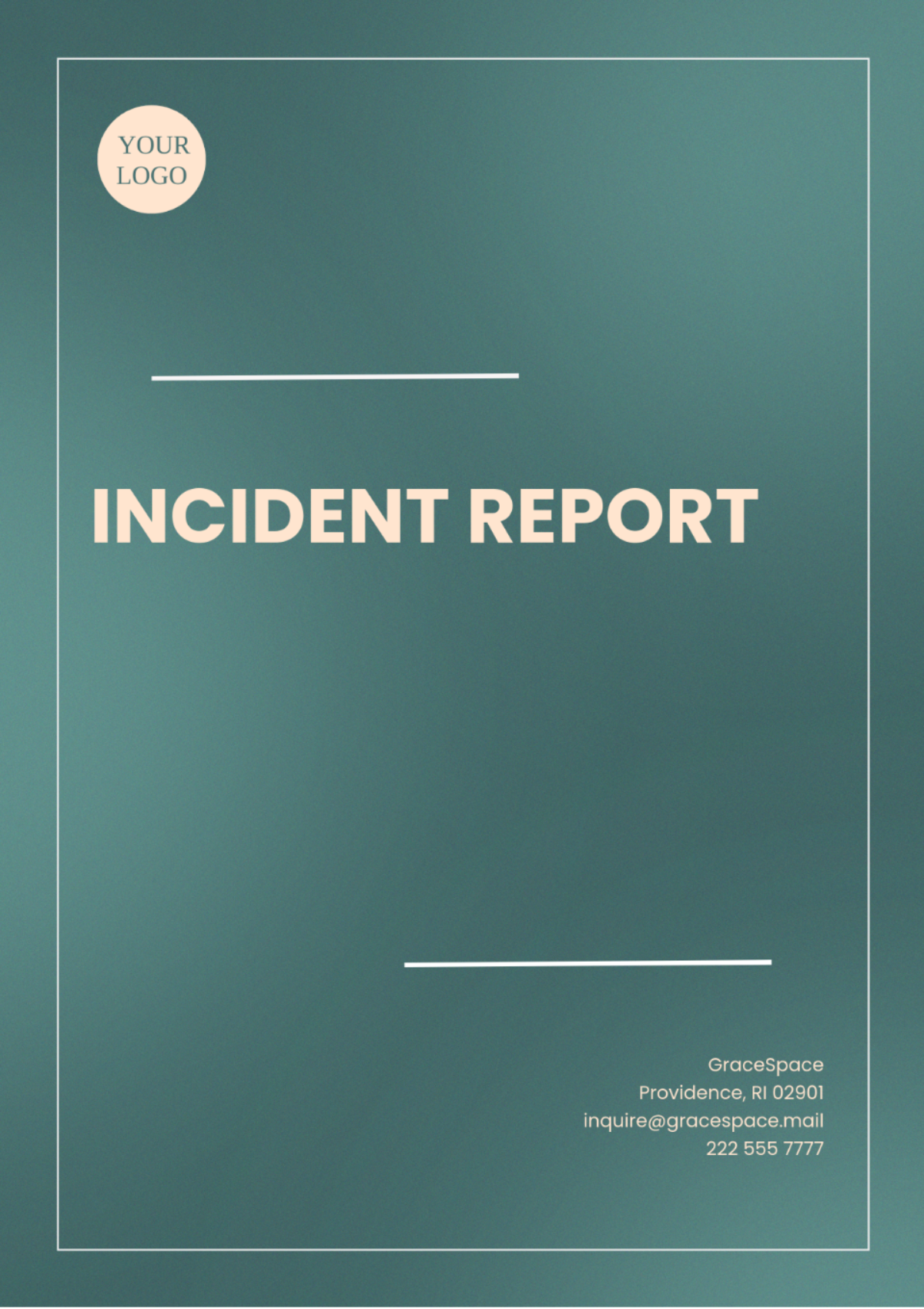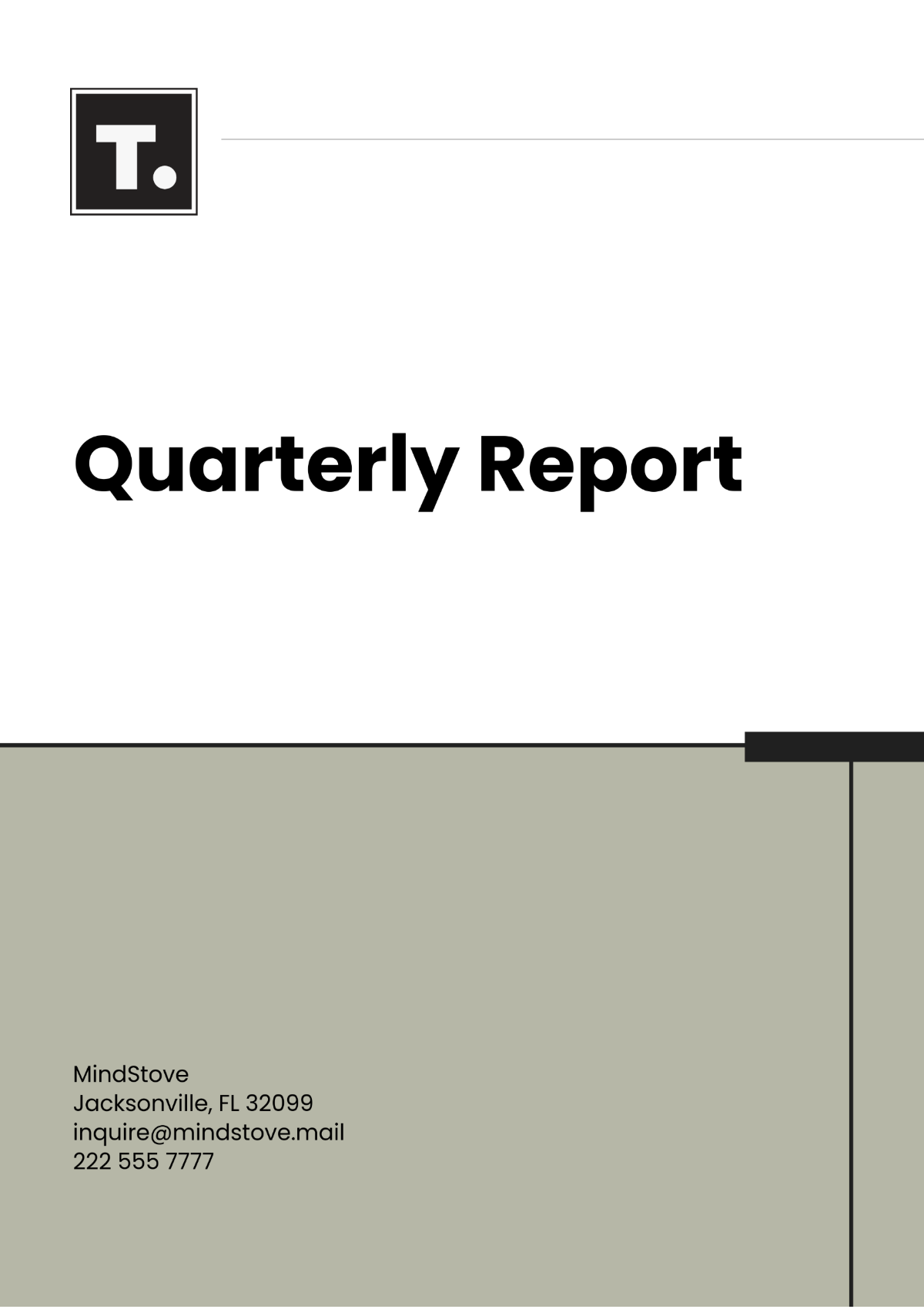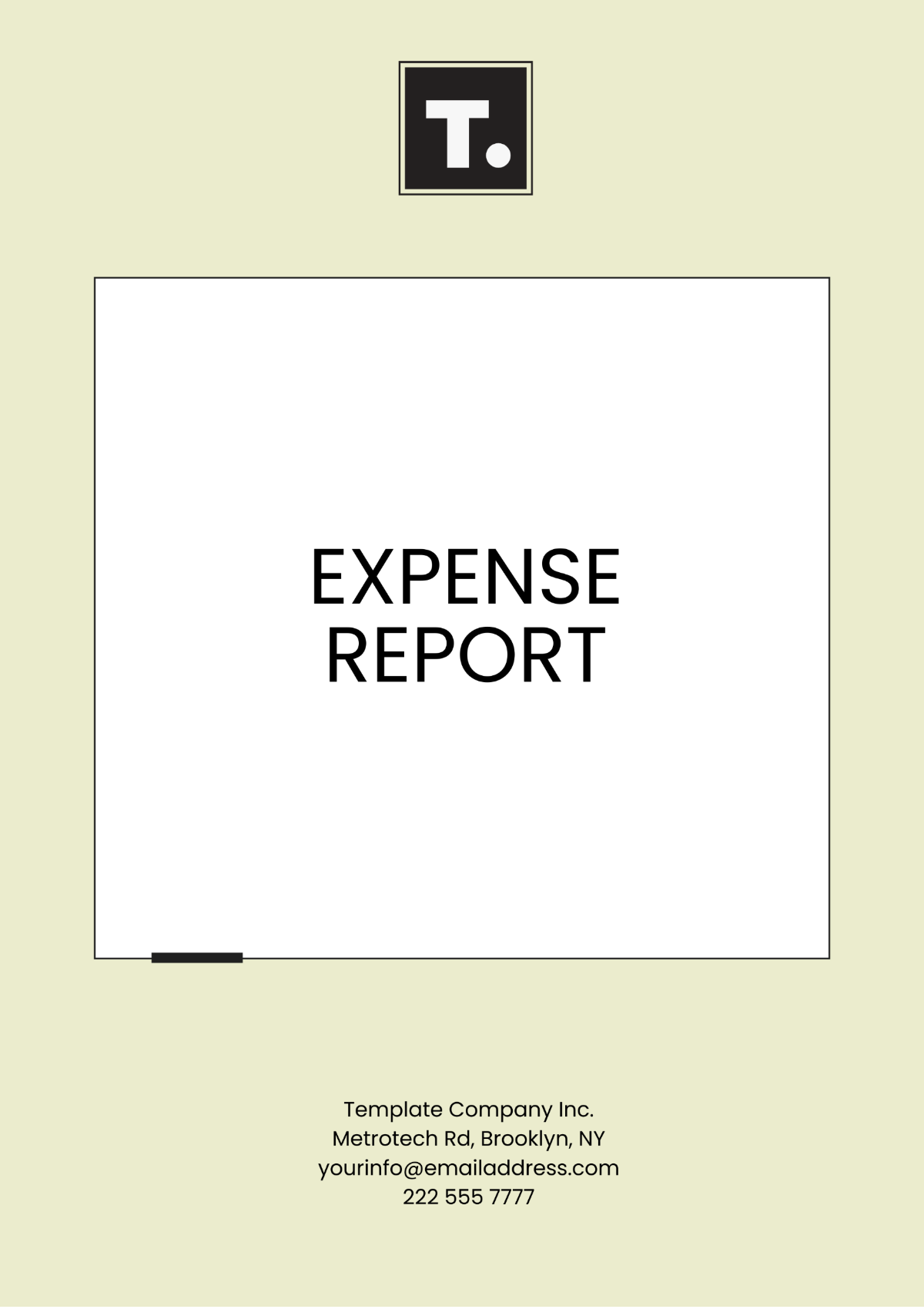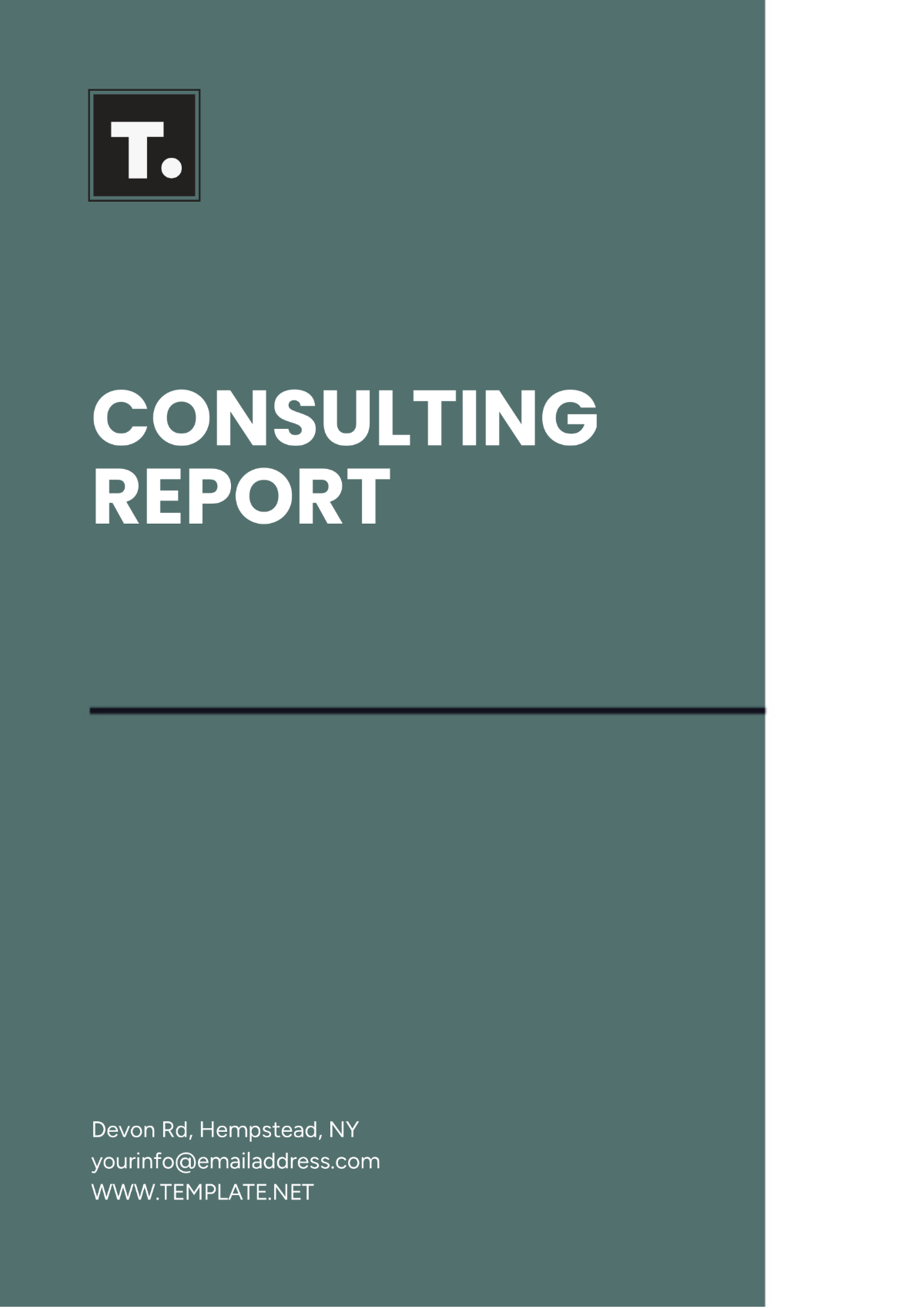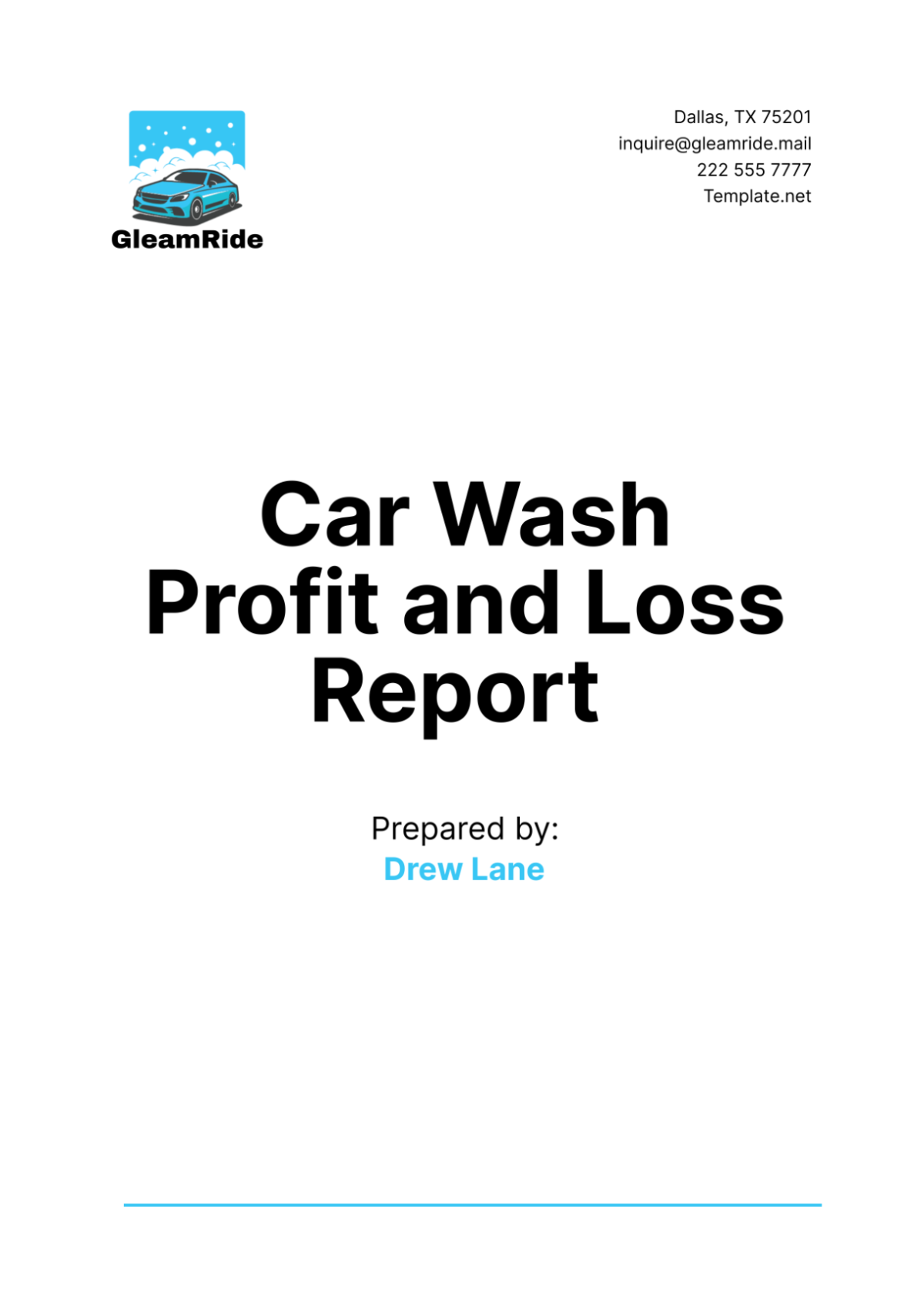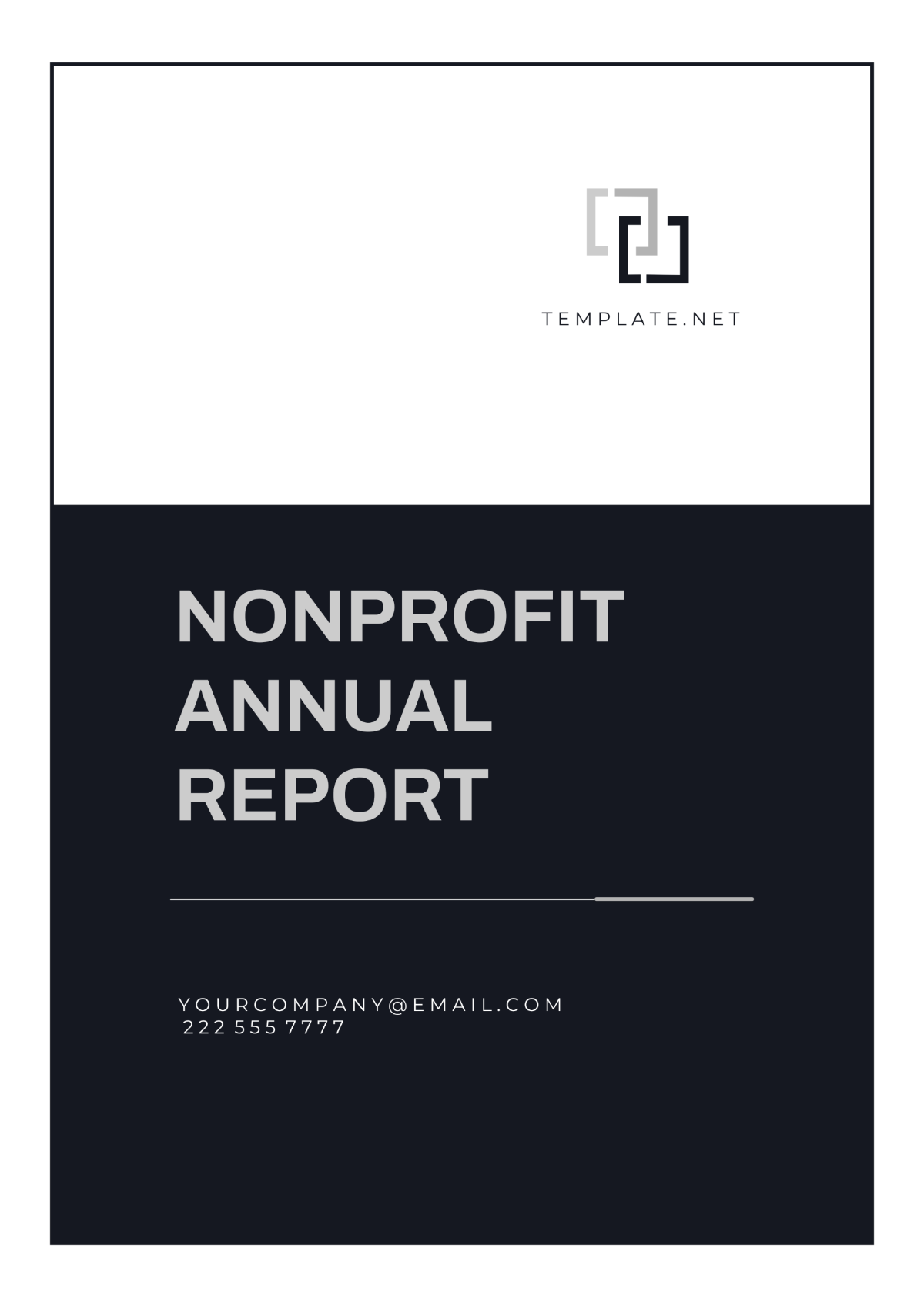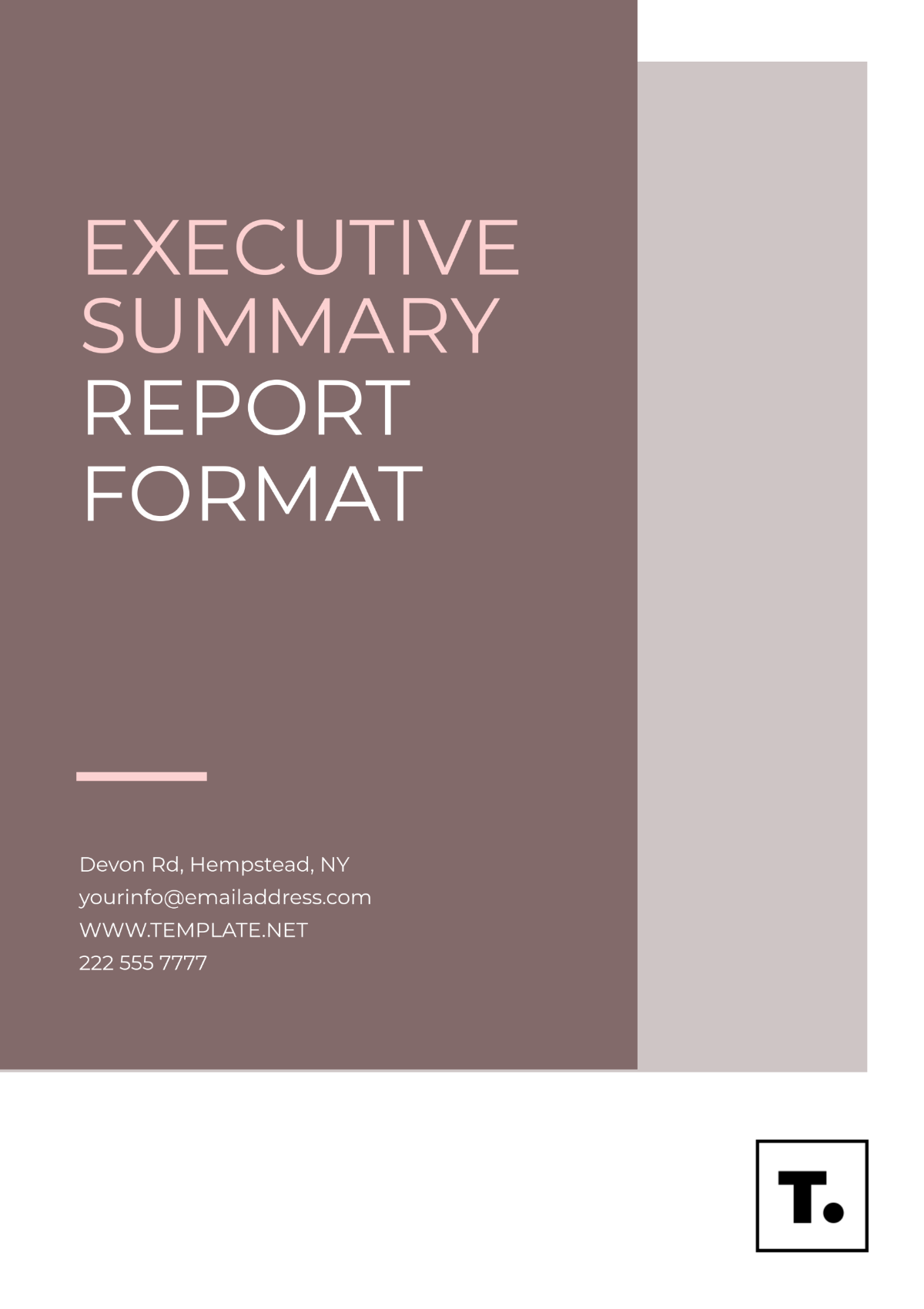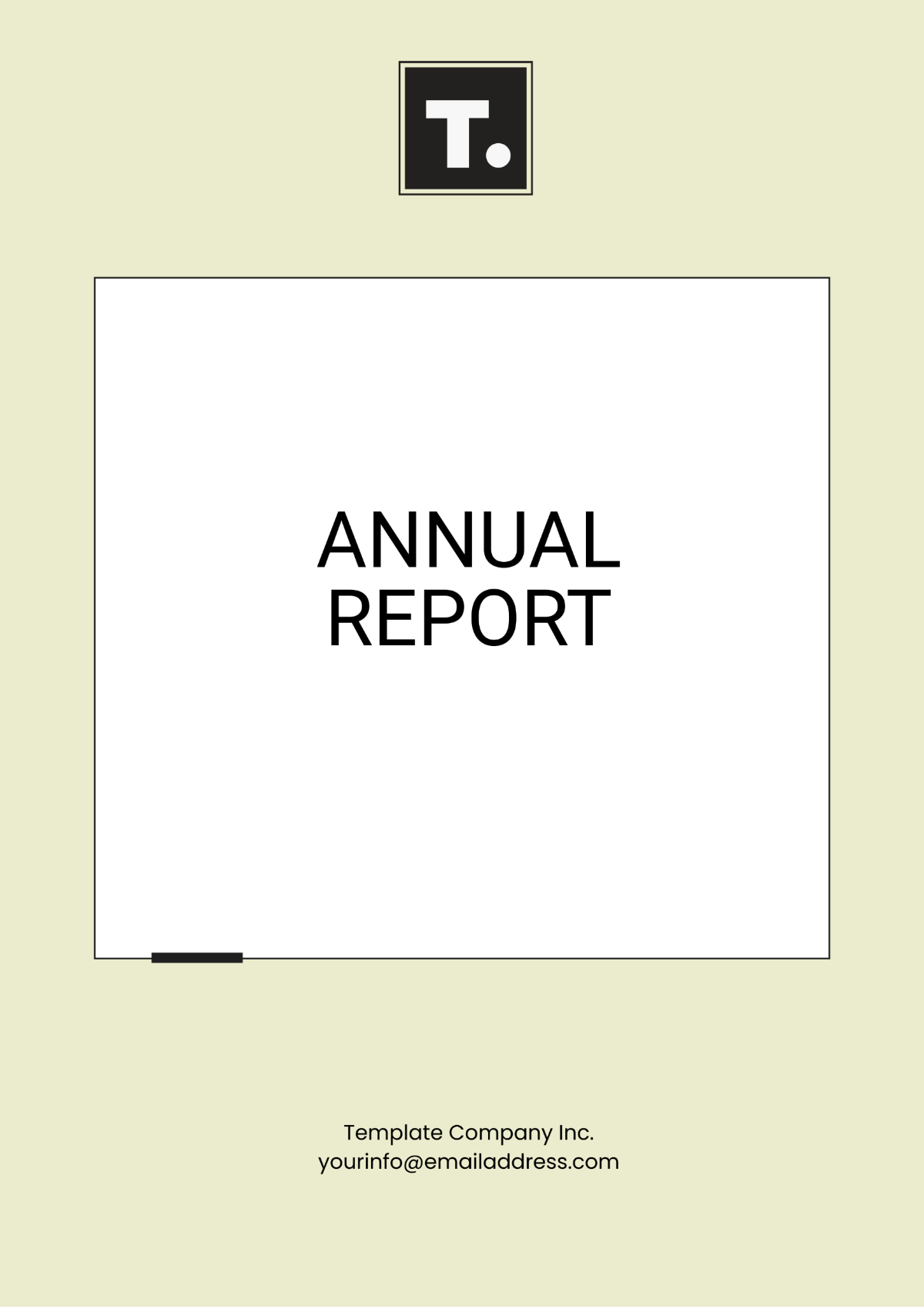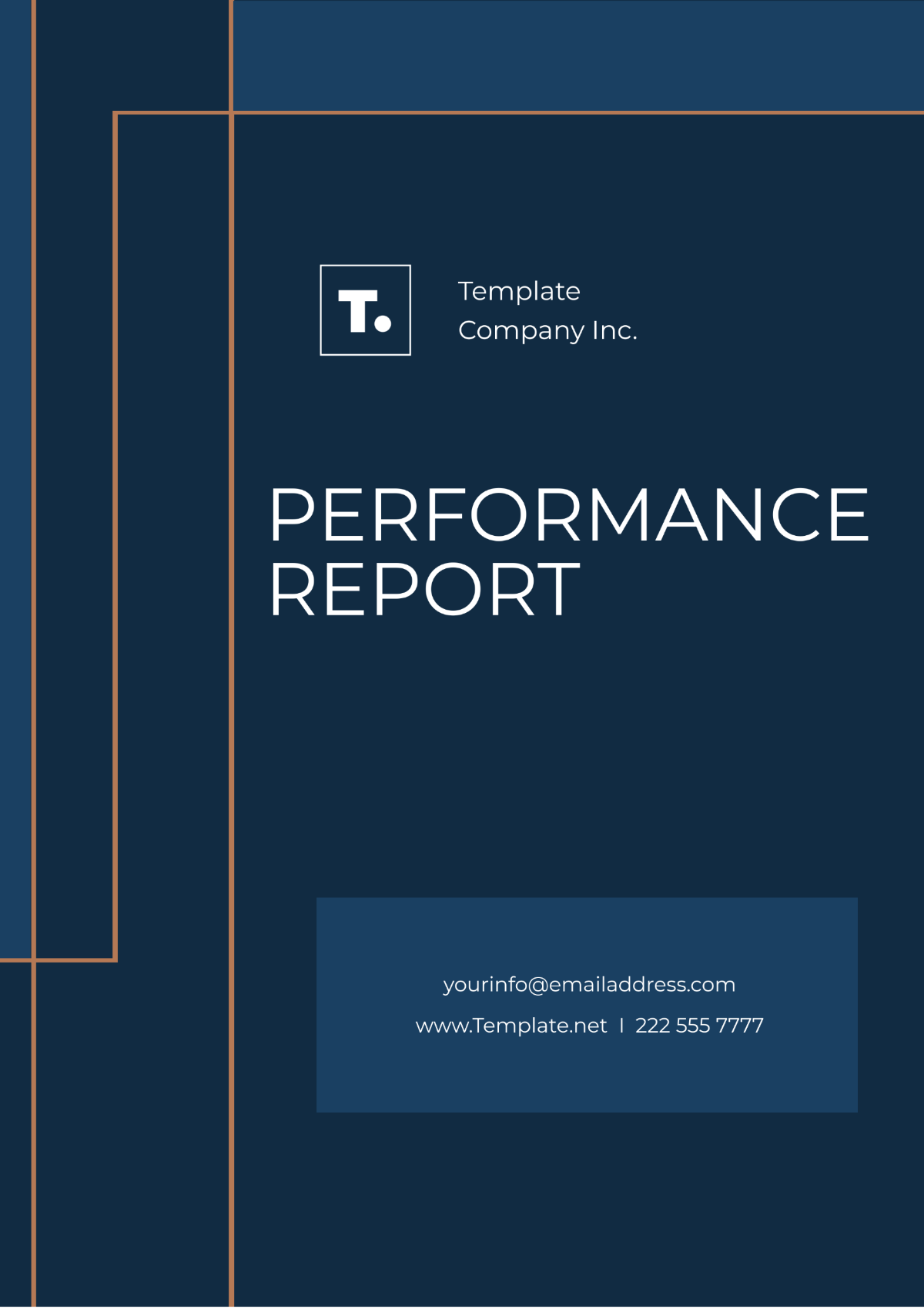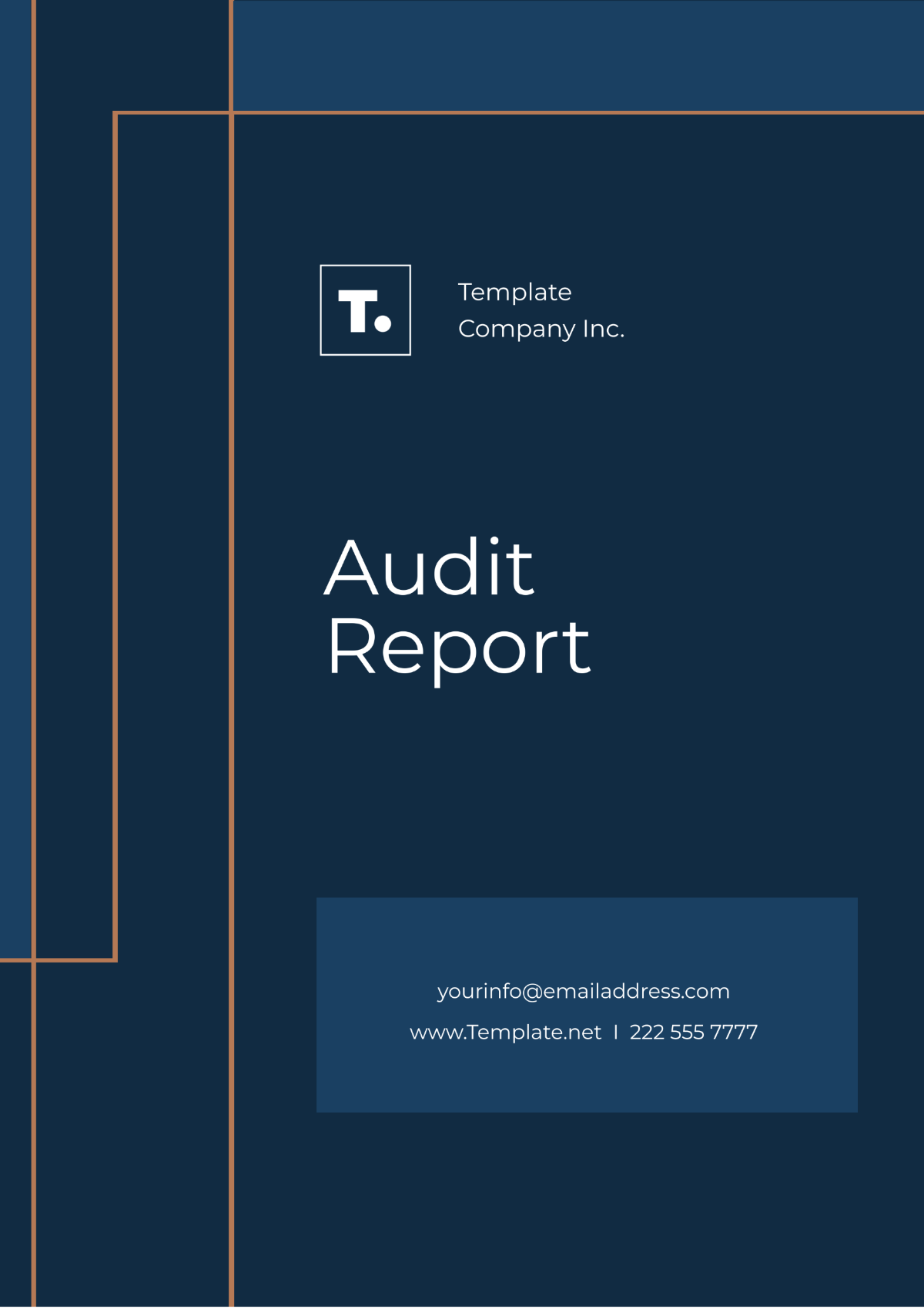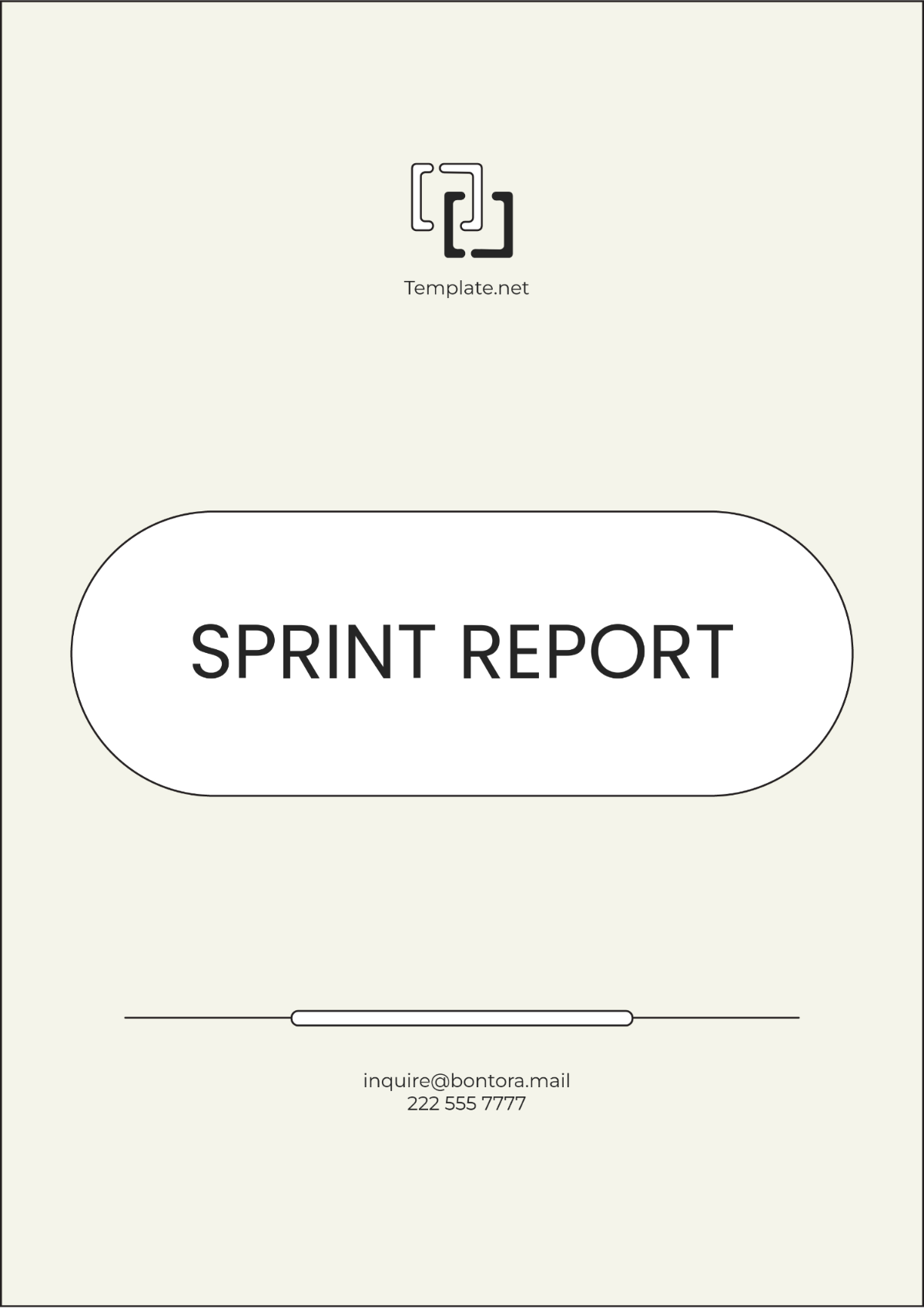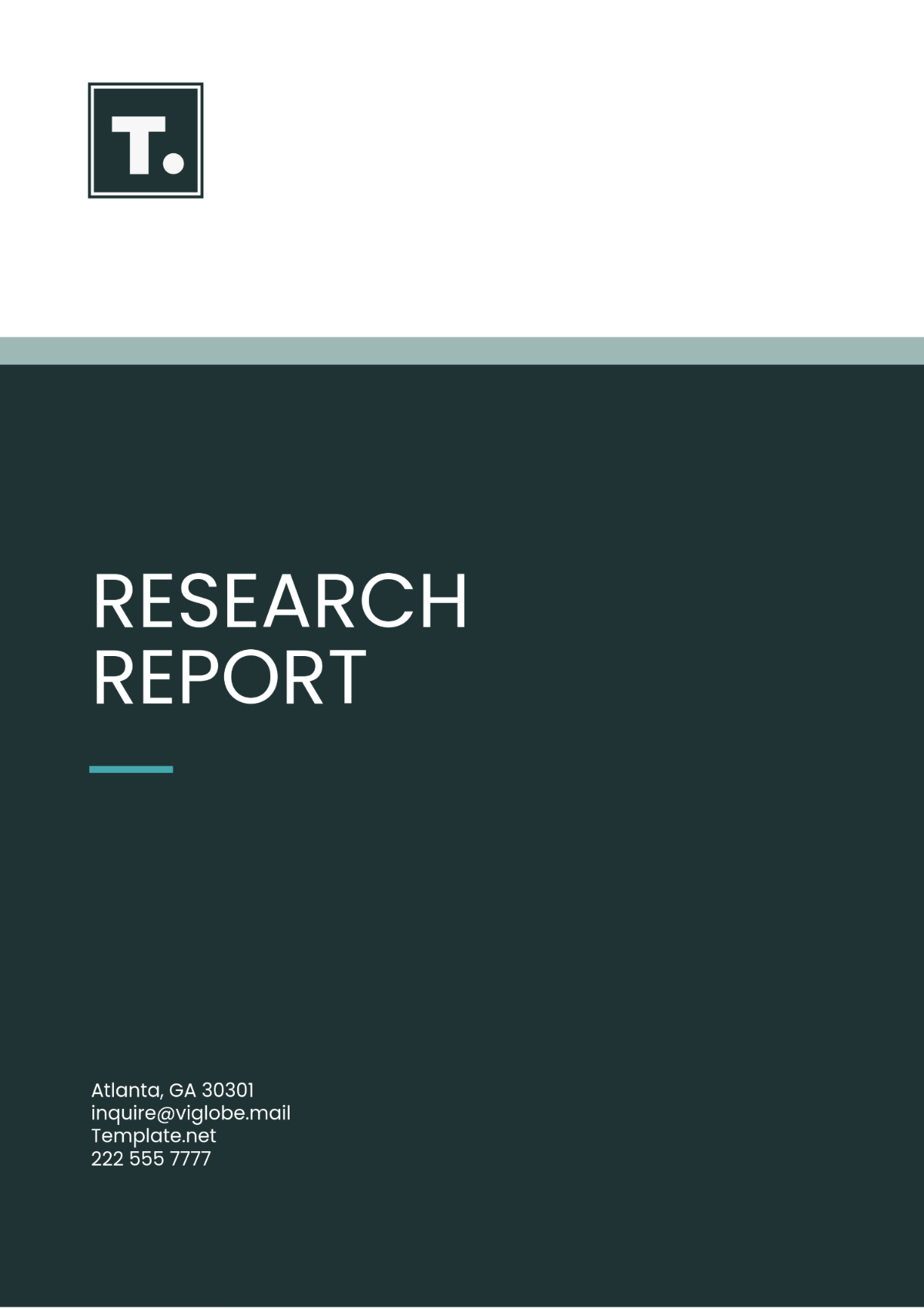Semester-End Report
Course Title: Introduction to Environmental Science
Instructor: Emily Carter
Semester: Fall 2024
Date: December 15, 2054
I. Executive Summary
This Semester-End Report provides an overview of the Introduction to Environmental Science course, including objectives, key activities, assessments, student performance, and recommendations for future improvement. The goal of this report is to summarize the learning outcomes achieved during the semester and identify areas for enhancement.
II. Course Objectives
Understand Fundamental Concepts: Students will grasp key principles of environmental science, including ecosystems, biodiversity, and sustainability.
Analyze Environmental Issues: Students will critically analyze major environmental issues and propose viable solutions.
Promote Sustainability: Students will learn to advocate for sustainable practices in their communities.
III. Course Content
A. Topics Covered
Week 1: Introduction to Environmental Science
Week 2: Ecosystems and Biomes
Week 3: Biodiversity and Conservation
Week 4: Climate Change
Week 5: Water Resources and Management
Week 6: Air Quality and Pollution
Week 7: Renewable Energy Sources
Week 8: Waste Management and Recycling
Week 9: Environmental Policy and Legislation
Week 10: Sustainability Practices
Week 11: Field Trip: Local Ecosystem Assessment
Week 12: Human Impact on the Environment
Week 13: Community Projects Presentation
Week 14: Review and Exam Preparation
Week 15: Final Exam
B. Learning Activities
Lectures: Weekly lectures supplemented with guest speakers from local environmental organizations.
Group Projects: Students collaborated on community sustainability projects, presenting their findings to the class.
Assignments: Four written assignments and two quizzes to assess understanding of course material.
Exams: A midterm exam and a comprehensive final exam.
IV. Student Performance
A. Assessment Breakdown
Assignments: 40% of total grade
Exams: 50% of total grade
Participation: 10% of total grade
B. Performance Summary
Average Grade: 85%
Distribution of Grades:
A: 15 students
B: 20 students
C: 10 students
D: 5 students
F: 2 students
C. Feedback from Students
Positive Comments: Students appreciated the interactive nature of the course and the hands-on projects.
Areas for Improvement: Some students suggested more in-depth coverage of climate change topics.
V. Strengths and Challenges
A. Strengths
Engagement: High levels of student engagement were observed, particularly during group projects and class discussions.
Resource Availability: Access to a variety of online resources and library materials facilitated deeper learning.
Collaboration: Successful collaborations among students fostered teamwork and communication skills.
B. Challenges
Time Management: Some students struggled to keep up with the pacing of the course, particularly during project weeks.
Content Understanding: Certain students found topics related to environmental policy challenging and requested additional support.
Technology Issues: A few students experienced technical difficulties during online submissions and group presentations.
VI. Recommendations
Improvement in Content Delivery: Incorporate more multimedia presentations and case studies to enhance understanding of complex topics.
Additional Resources: Provide supplementary materials, such as recommended readings and online tutorials, especially on challenging subjects.
Future Course Modifications: Consider adjusting the schedule to allow more time for group projects and discussions.
VII. Conclusion
The semester has provided valuable insights into the learning process and student engagement in the Introduction to Environmental Science course. Overall, the course met its objectives, and the feedback received will guide improvements for future iterations.

